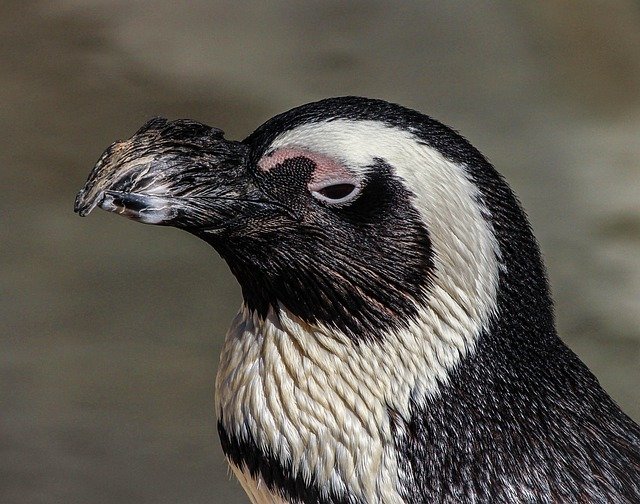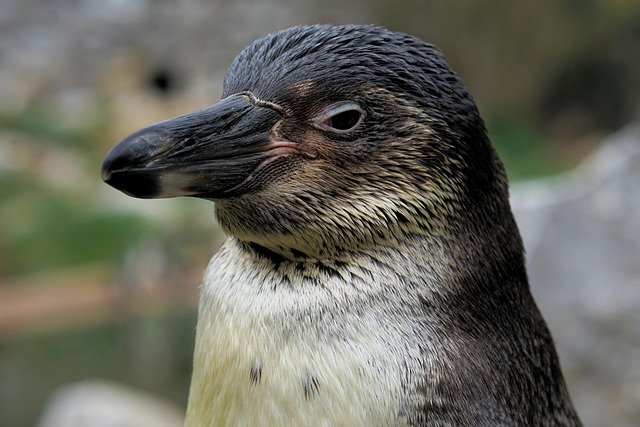**Title: "The Social Dynamics of Penguin Colonies: Understanding Their Complex Relationships"** **Overview

The Social Dynamics of Penguin Colonies: Understanding Their Complex Relationships
Penguins are often seen as charming and endearing creatures, waddling across icy landscapes and huddling together for warmth. However, beneath their adorable exterior lies a complex social structure that plays a vital role in their survival and reproduction. This post explores the intricate social dynamics of penguin colonies, shedding light on their relationships, communication methods, and the factors that influence their social behavior.
The Importance of Social Structure
Penguin colonies are typically composed of thousands of individuals, creating a vibrant social environment. The social structure within these colonies is crucial for various reasons:
- Protection from Predators: Living in large groups provides safety in numbers, deterring potential predators.
- Resource Sharing: Penguins often rely on communal foraging, where information about food sources can be shared among colony members.
- Reproductive Success: Social bonds can influence mating success and parental care, impacting the survival rates of chicks.
Communication Methods
Penguins have developed a range of communication strategies to navigate their social interactions:
- Vocalizations: Each species has distinct calls that help individuals identify mates, chicks, and colony members.
- Body Language: Posturing, preening, and physical displays are essential for establishing dominance and attracting mates.
- Visual Signals: Penguins use visual cues, such as the positioning of their bodies and flippers, to convey emotions and intentions.
Social Hierarchies
Within penguin colonies, social hierarchies often emerge. Factors influencing these hierarchies include:
- Age and Experience: Older, more experienced penguins may hold higher status, leading to better access to resources and mating opportunities.
- Aggression and Submission: Dominance behaviors can establish pecking orders, affecting social interactions and breeding success.
- Coalitions and Alliances: Penguins may form alliances with specific individuals, enhancing their social standing and cooperative behaviors.
Impact of Environmental Factors
The social dynamics of penguin colonies are also influenced by environmental conditions:
- Climate Change: Shifts in temperature and ice availability can alter foraging patterns, impacting social interactions and competition for resources.
- Human Activity: Fishing, tourism, and habitat destruction can disrupt traditional colony structures, leading to changes in social behavior.
Conclusion
Understanding the social dynamics of penguin colonies provides valuable insights into their behavior and ecology. By studying their complex relationships, researchers can better appreciate the challenges these remarkable birds face in an ever-changing world. As we continue to explore the intricacies of penguin social behavior, we can take steps to protect their habitats and ensure their survival for future generations.
Stay tuned for more insights into the fascinating world of animal behavior and ecology!
